MotoGP | Brembo analyzes the Misano circuit using X-rays
The Misano World Circuit Marco Simoncelli falls into the category of circuits that are moderately demanding on the brakes
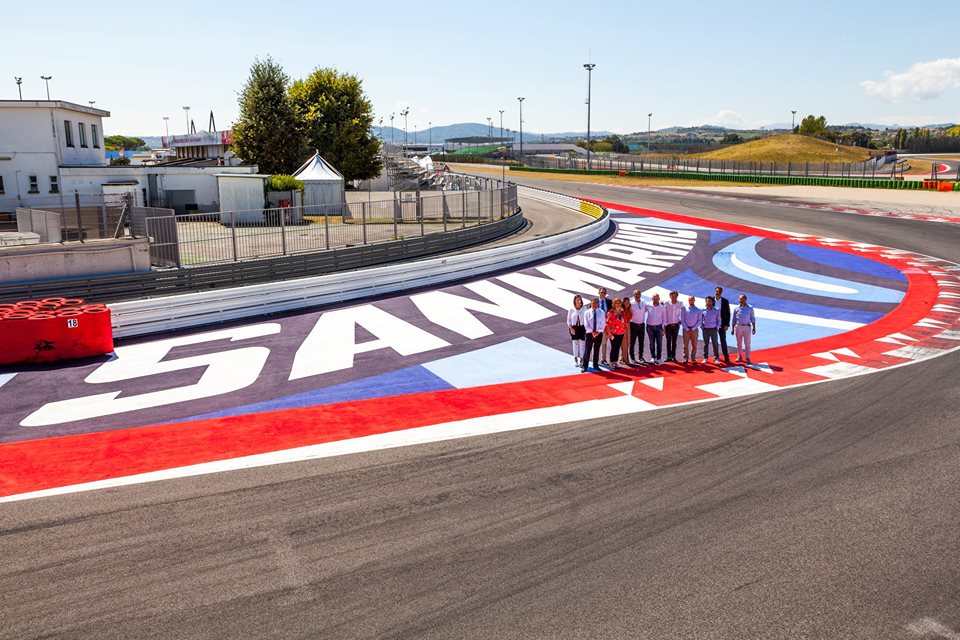
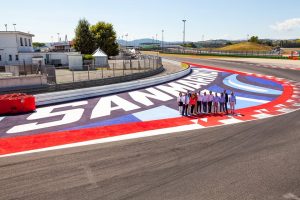
The final third of the MotoGP World Championship will be inaugurated by the San Marino and Riviera di Rimini GP, scheduled for 7 to 9 September at the Misano World Circuit Marco Simoncelli. Located about twenty kilometers from Rimini and a couple of kilometers from the Adriatic Sea, since 2012 it has been named after the unfortunate driver who lost his life 7 years ago in Sepang. Designed in 1969, the Misano racetrack has undergone several changes until reaching its current 2008 meter configuration in 4.226.
The Superbike World Championship also competes on this track but despite using the same configuration the use of the brakes is different: the biggest discrepancy concerns the Curvone (turn 11) because the MotoGP riders are forced to give the brakes a little touch (1,3 seconds ), essential for losing around forty km/h, while the Superbike riders can tackle it fully, thanks to the lower speed. Naturally, the braking distances of the MotoGP bikes are also shorter thanks to the carbon brakes which are banned by the regulations in Superbike. However, this requires MotoGP riders to make more effort every time they pull the brake lever.
The extreme tortuosity of the track prevents you from reaching 300 km/h, even in just one point. However, since there are 5 curves to be negotiated at less than 90 km/h, the decelerations are still significant. A further problem, in terms of cooling the systems, is given by the ambient temperatures: during the 2016 race the asphalt temperature was 43 degrees.
According to the Brembo technicians who assist 100 percent of the 2017 MotoGP riders, the Misano World Circuit Marco Simoncelli falls into the category of circuits that are moderately demanding on the brakes. On a scale of 1 to 5 it earned a difficulty index of 3, an identical value among the remaining races only in Valencia.
The engagement of the brakes during the GP
The 16 corners of the track correspond to 9 braking sections, each different from the other: there are a couple that require almost 5 seconds, others just over a second, and still others that take 3 seconds.
During an entire lap the MotoGP bikes use the brakes for 30 seconds while the Superbikes stopped at 29 seconds, thanks to the presence of one less braking step (8 instead of 9). Over the 27 laps of the race, each MotoGP rider uses the brakes for 13 and a half minutes.
Adding all the forces exerted by a rider on the Brembo brake lever from the start to the checkered flag, the value exceeds 1.130 kg, compared to 815 kg for Superbike riders who however compete over a distance of 21 laps.
On a single lap the effort sees the MotoGP prevail over the Superbikes: 41,9 kg to 38,8 kg. The average maximum deceleration of the MotoGP on this track is 1,19g compared to the 1,06g of the Superbike: the 1,19g may seem like a modest value but it is 0,05g higher than the maximum deceleration achievable with the Infiniti FX45.
The most demanding braking
Of the 9 braking sections at the Misano World Circuit Marco Simoncelli, only one is considered highly demanding on the brakes, while 4 are of medium difficulty and the remaining 4 are light. As with the Superbike, braking at the Quercia (turn 8) is the most difficult on the track for the MotoGP: the MotoGP bikes brake from 294 km/h to 79 km/h in 4,8 seconds during which they travel 222 metres.
For Superbikes, despite arriving at 24 km/h less, a couple of meters more and 4,9 seconds are needed. In this corner the MotoGP prevails over the Superbike also in terms of maximum deceleration (1,5 g versus 1,3 g) and load on the lever (6 kg versus 5,3 kg) but manages to contain the pressure of the Brembo HTC brake fluid 64T at 10,4 bar while the Brembo brake fluid on the Superbike reaches 11,4 bar.
Even at the first bend after the finish line, braking is more than 200 metres: the speed lost is 156 km/h, from 271 km/h to 115 km/h. For Superbikes the speed difference is lower (140 km/h), but the use of steel discs translates into a significantly longer braking distance, even 251 metres. The highest pressure of the brake fluid and the greatest load on the lever are reached by the MotoGP bikes at the Misano corner (turn 16) when going downhill: 10,6 bar (more than triple that of a bottle of sparkling wine) and 6,1 kg.
if you want to always be updated on our news
Follow us here
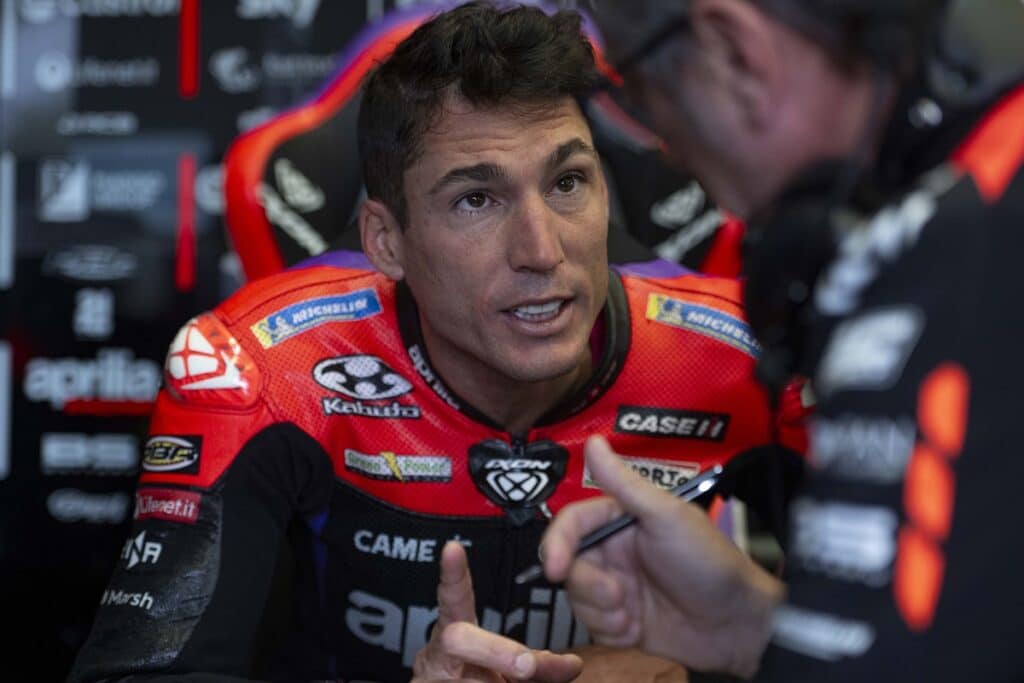

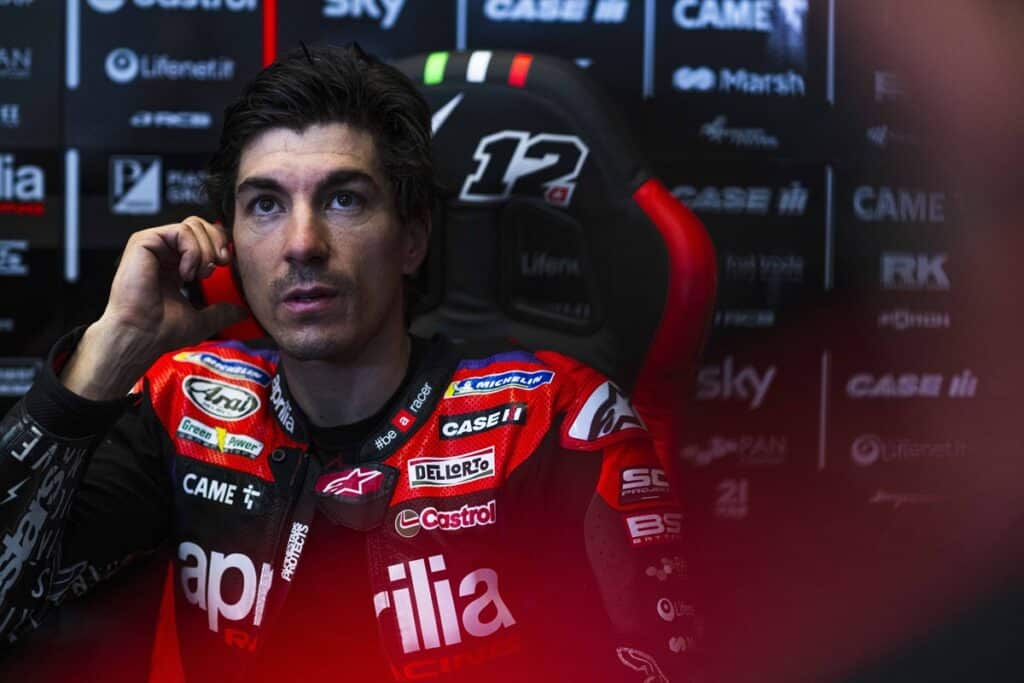
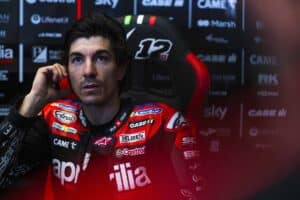
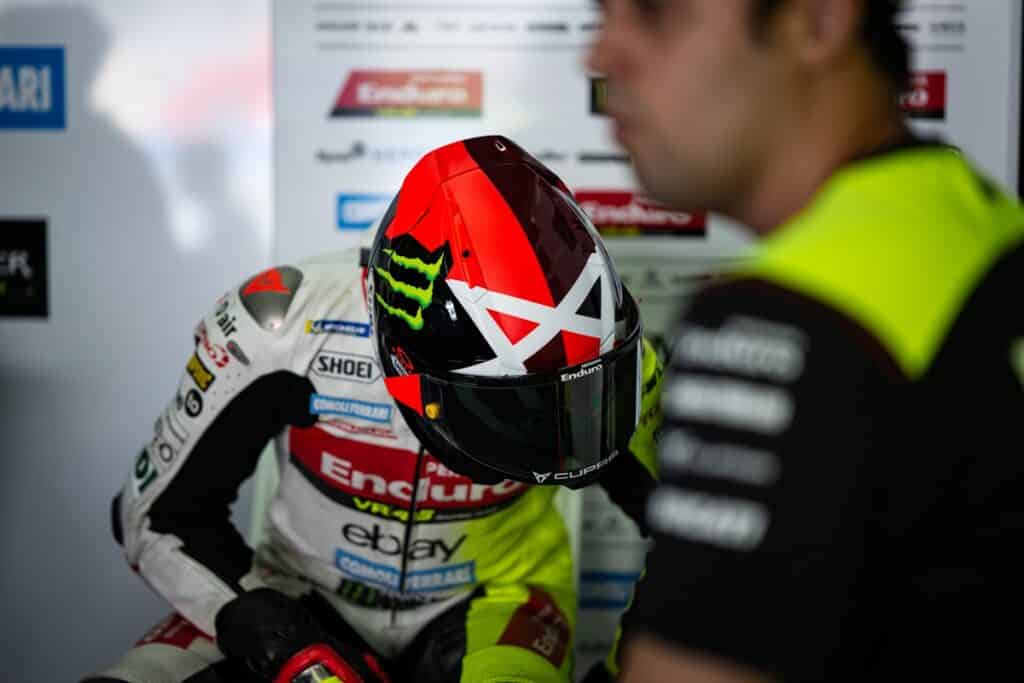
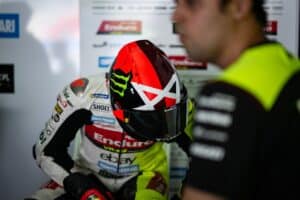
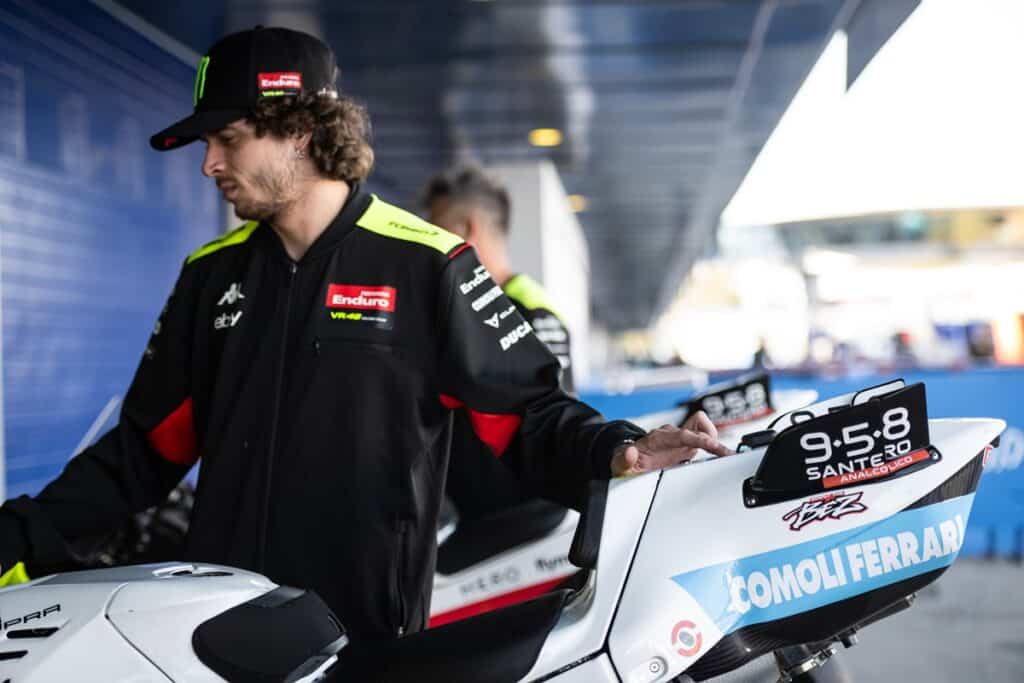
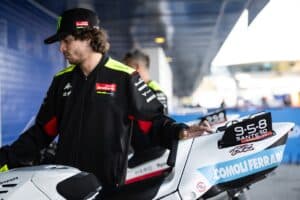
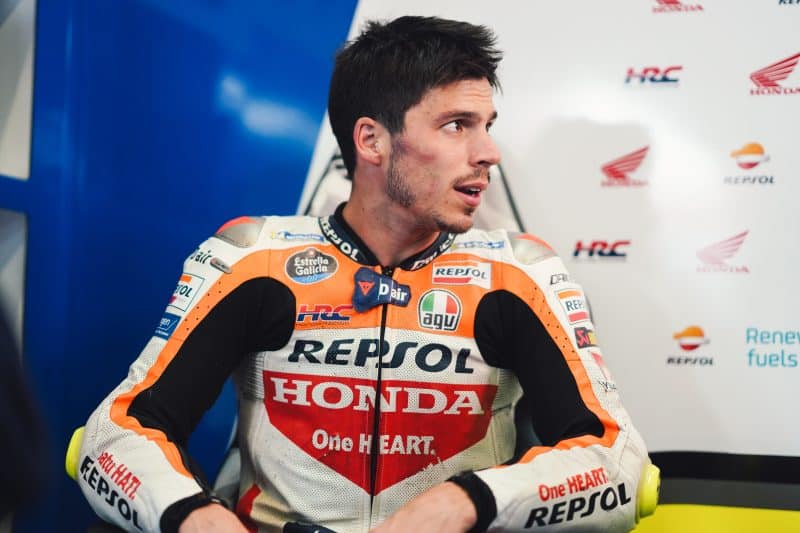
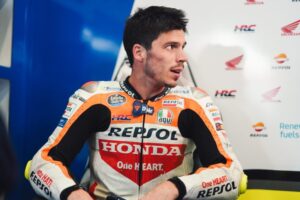
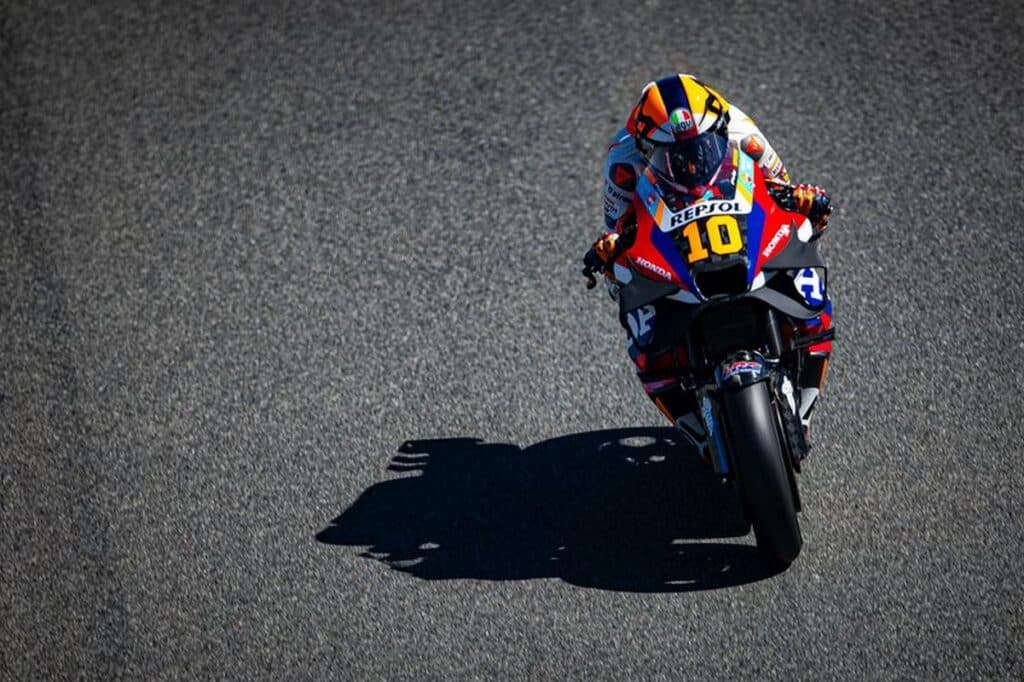
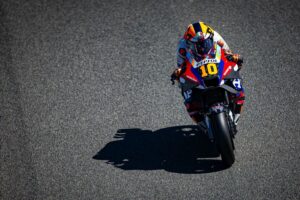
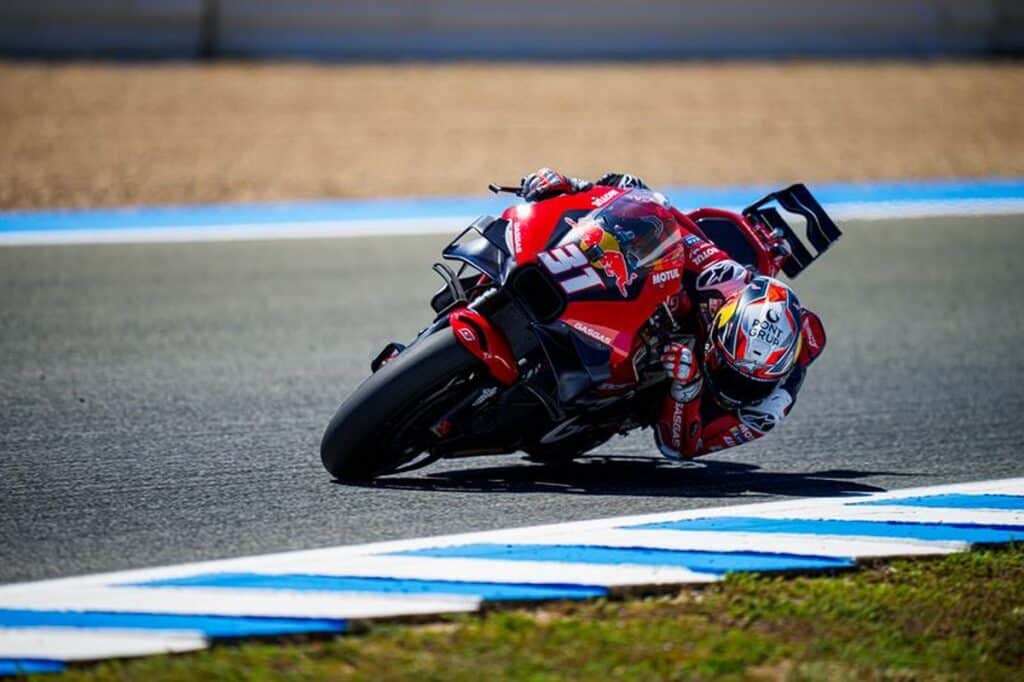
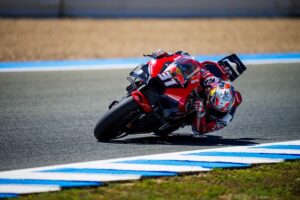
![MotoGP | 2027 regulations, 850cc displacement official, here are all the changes [VIDEO]](https://motograndprix.motorionline.com/wp-content/uploads/2024/05/nuovo-regolamento-motogp-850cc-dal-2027-1024x576.jpg)
![MotoGP | 2027 regulations, 850cc displacement official, here are all the changes [VIDEO]](https://motograndprix.motorionline.com/wp-content/uploads/2024/05/nuovo-regolamento-motogp-850cc-dal-2027-300x169.jpg)













You must be logged in to post a comment Login